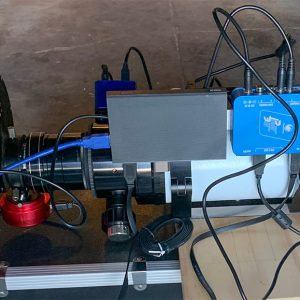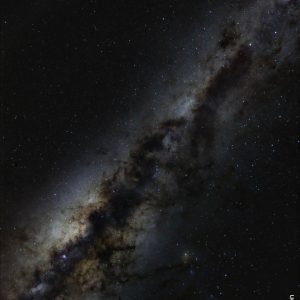A few days ago I saw a fascinating sequence of images taken by the Perserverence Rover on Mars. It was solar eclipse, where Phobos (Mars’ larger moon) passed in front of the Sun. I think this was the most satisfying video I’ve seen in a long time (https://science.nasa.gov/resource/perseverance-rover-sees-solar-eclipse-on-mars/).
You couldn’t really call it a “total solar eclipse, as Phobos isn’t large enough to completely cover the disk of the Sun. Technically, it’d be an “annular eclipse”, although the Sun didn’t appear as an annulus (donut shape).
Why not? As you can see in the image, Phobos is a giant potato!
Potato shapes, moons, asteroids and planets
The moon Phobos is clearly not a sphere. That’s obvious from the photo. It’s normally called a “potato shape”, which allows a large range of shapes, but really means “obviously not spherical”. “Potato-shape” is the phrase we normally use to refer to asteroids.
That got me thinking, what’s a moon, and what’s an asteroid? Do those definitions overlap? And can something stop being one and start being the other?
The definition of a “planet” is controversial (I’m looking at you, Pluto!), and is actually a set of necessary conditions, all of which have to be met. One of these conditions is that the body must have sufficient mass for it to be – not actually spherical, but “ellipsoidal”. That is, the planet can’t have lumps and bumps (I’m calling it “round” from now on). So Phobos clearly can’t be a “planet”.
What’s the definition of a “moon”? Originally, Galileo had a nested definition that said that a moon is a planet that orbited another planet. That’s a bit vague for picky scientists, so the current definition is that a moon is a naturally occurring body that orbits a planet. There’s no requirement for the moon to be round. So yes, Phobos is clearly a moon.
But going on its shape, could Phobos also be considered an asteroid? It’s true, there are lots of asteroids that look like potatoes. The word “asteroid” simply means something that looks like a star (from a distance, at least). But more technically, an asteroid is a rocky body that orbits the Sun, but which doesn’t fit the definition of either “planet”. So Phobos can’t be an “asteroid” because it orbits Mars.
So yes, you can have a potato-shaped moon!
But that begs the question of how it got there – could it be an asteroid that somehow got captured by Mars? After all, part of the complex definition of how Mars is a “planet” is that it cleared its orbit of other bodies. Could this be how Phobos got where it is?
In fact, at some point, it looks like Phobos stopped being an asteroid and started being a moon!
Asteroids?
…and did you notice my tangential reference to “rocky body”? Don’t get me started on the difference between an asteroid and a comet!



